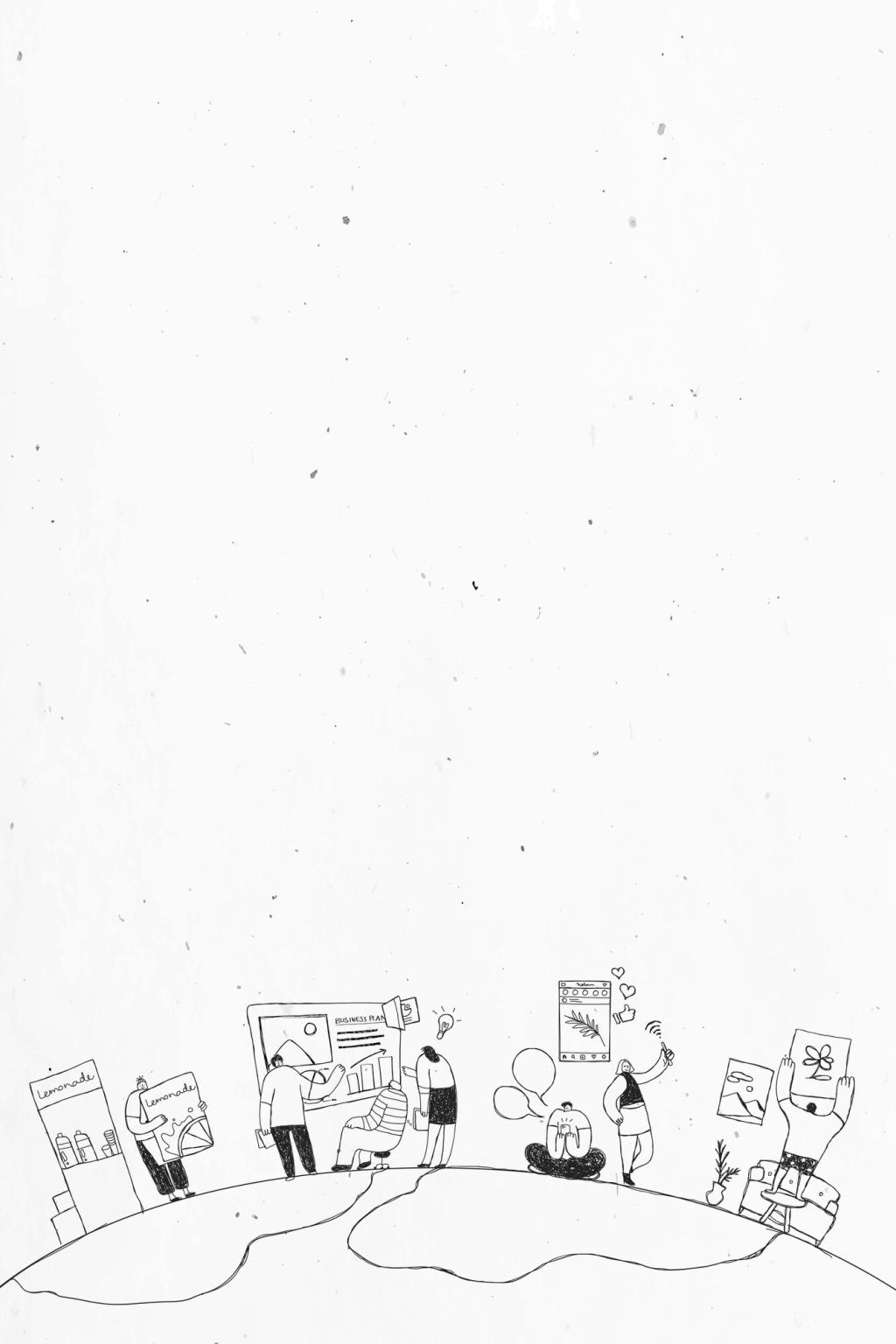
Urban Sketching Techniques for Beginners
Urban sketching captures the spirit of the city through quick, on-location drawing. For beginners, starting out in urban sketching can be both exciting and intimidating. This page is designed to introduce you to foundational techniques, simple approaches, and inspiring ideas that make urban sketching a fulfilling artistic practice. Explore these techniques at your own pace, and discover how to tell stories visually while immersing yourself in the energetic environment of urban spaces.
Choosing Your Urban Sketching Tools

Sketchbooks and Paper
When beginning urban sketching, your choice of sketchbook or paper matters significantly. A smaller, portable sketchbook makes it easy to carry and store, encouraging you to sketch on the go or while standing. The paper should be thick enough to handle any ink or watercolor washes without buckling, but not so thick that your sketchbook becomes unwieldy. Many beginners start with a simple, medium-texture paper that works well for both pencils and pens. As you experiment, you’ll learn what paper responds best to your favorite mediums and style.
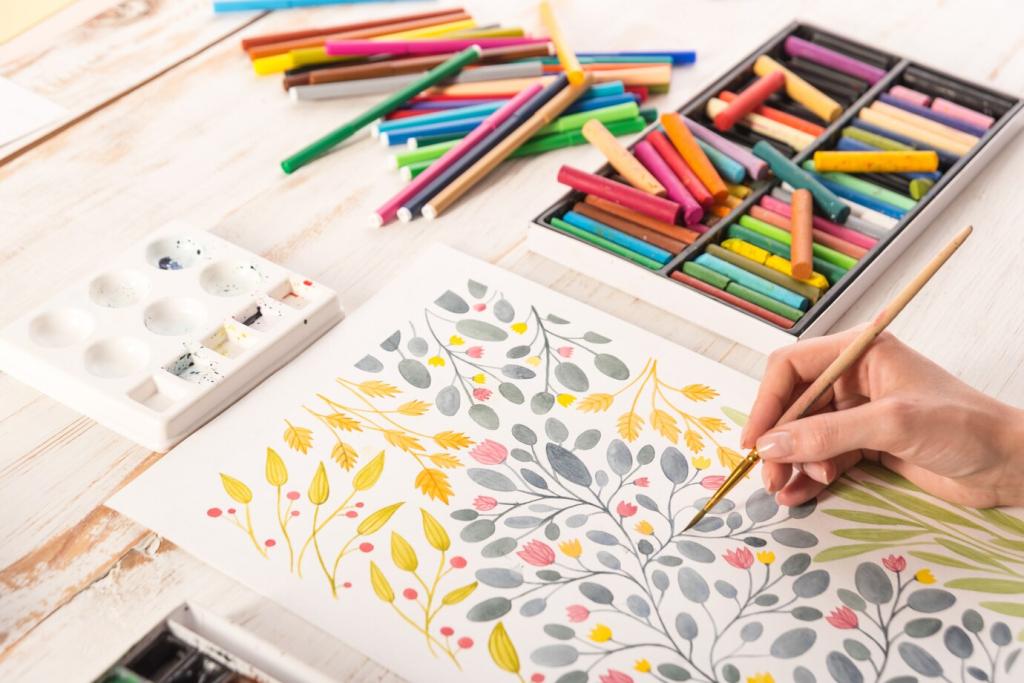
Pens, Pencils, and Ink
Understanding the difference between pens, pencils, and ink will enhance your urban sketching toolkit. Pencils are perfect for drafting outlines, planning your composition, and making subtle changes. Pens, especially waterproof or quick-drying ink liners, allow you to add permanence and confidence to your lines. Many urban sketchers prefer pens because their lines resist smudging and stand out when paired with watercolor washes. Experimenting with various nib sizes and inks can help you achieve diverse line quality and depth in your sketches.
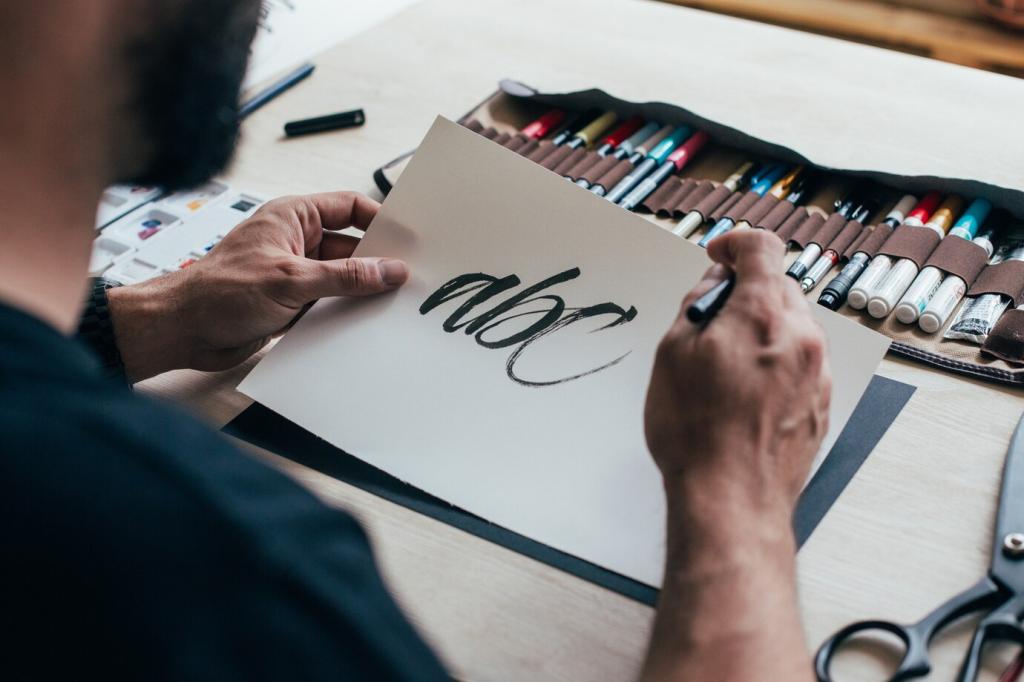
Adding Washes with Watercolor
Watercolor is a popular medium for urban sketchers who wish to quickly convey color and atmosphere. Compact travel watercolor sets or even waterbrushes loaded with pigment are ideal for beginners due to their portability and ease of use. Start by laying down light washes for large shapes, then build up more saturated tones for details. Watercolor naturally encourages looseness, making it an excellent companion to ink or pencil lines, and its unpredictability can add a lovely spontaneity to your city scenes.
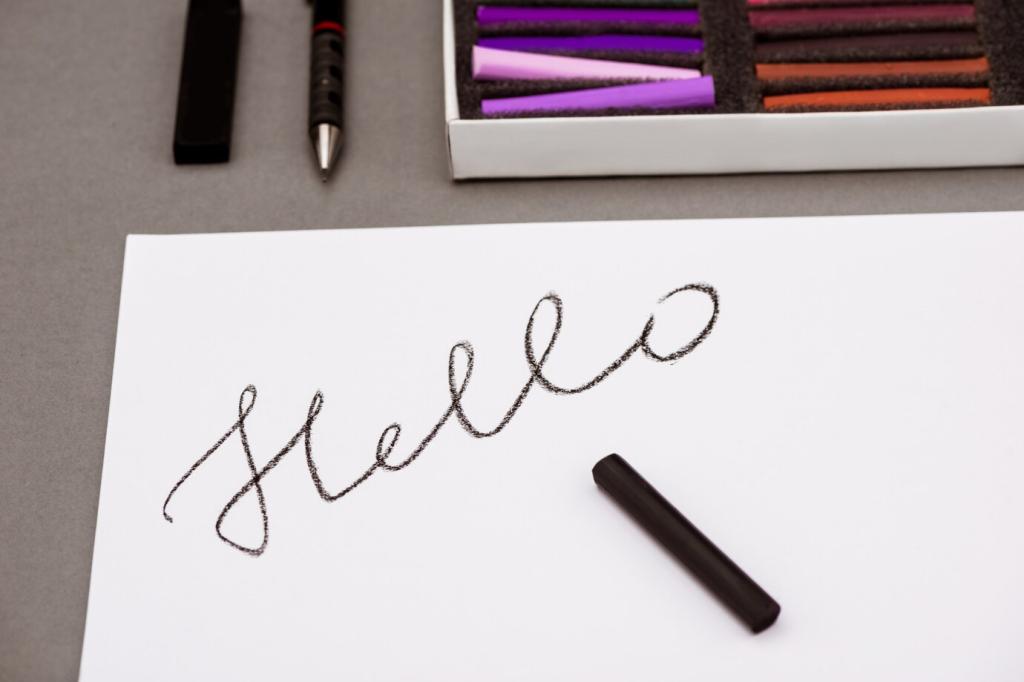
Previous slide
Next slide
Capturing Quick Gestures and Impressions
In the city, scenes can change in an instant. Becoming comfortable with sketching quickly is crucial if you want to document the ever-shifting urban energy. Begin with loose, flowing strokes that block out the most prominent shapes and forms. The aim is to convey motion and life rather than accuracy, capturing the mood of your subject. By practicing quick sketches, you’ll also learn to prioritize what’s most visually impactful.

Composing a Dynamic Urban Scene
Every urban scene has something that demands attention—perhaps a striking building, a cluster of people, or an interesting play of light and shadow. Identifying and emphasizing this focal point guides your viewer’s eye and gives your sketch a clear story. Adjust the darkness and thickness of your lines, or accentuate color, to draw attention to your chosen subject. A strong focal point transforms ordinary sketches into memorable artworks.
Incorporating Color into Your Sketches
A restricted color palette simplifies decision-making and helps unify your sketches. Start with just a few core hues—perhaps a primary trio of red, yellow, and blue, or earth tones to echo city materials. Limiting yourself to a handful of colors encourages thoughtful mixing and prevents your sketches from becoming muddled. It also speeds up your workflow, making it easier to work on location without carrying too many supplies.
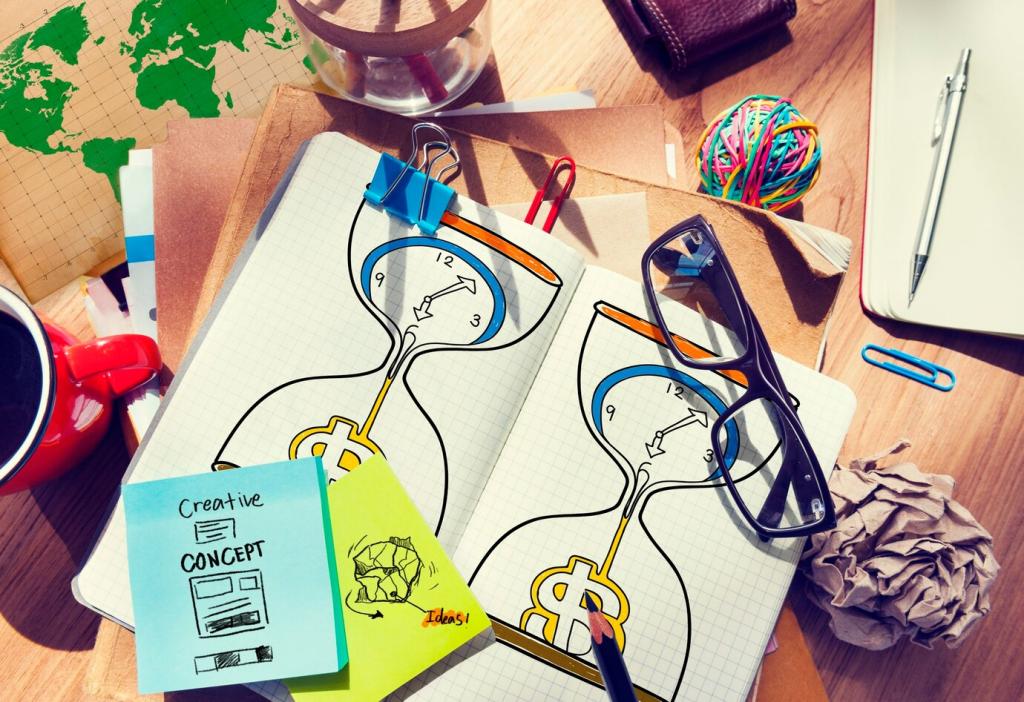
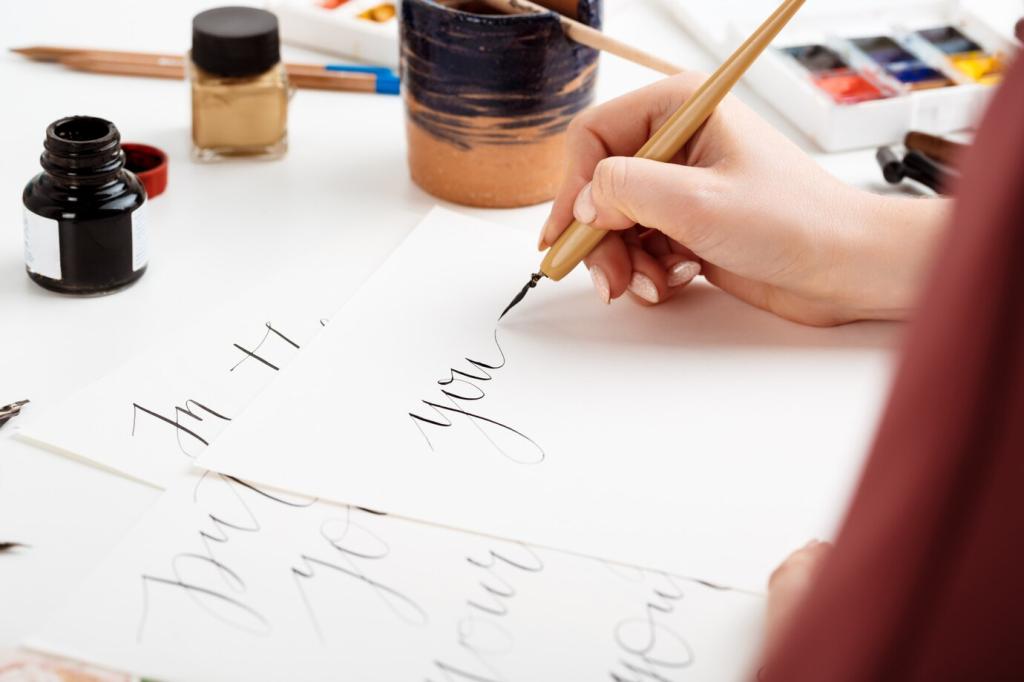
Overcoming Common Beginner Challenges
Drawing in Public with Confidence
Sketching in public can be daunting at first, especially when passersby stop to watch or comment. Remind yourself that most onlookers are curious and admiring rather than critical. Starting in quieter locations can help you build confidence before moving to busier areas. Over time, these interactions often lead to enriching exchanges and even inspiration for new sketches. The more you practice in the open, the more comfortable and engrossed you’ll become.
Dealing with Mistakes and Imperfections
Perfection isn’t the goal in urban sketching—capturing the spirit of the place is. Beginners often worry about smudges, uneven lines, or misshapen proportions, but these so-called mistakes are part of your sketch’s story. View them as marks of spontaneity rather than failure. If a drawing is going awry, use creative solutions—add ink washes, adjust composition, or simply start a new sketch. Every imperfection provides valuable learning and contributes to the authenticity of your work.
Managing Time Constraints
Urban sketching rarely allows for leisurely perfection, as light changes and crowds shift quickly. To cope with these constraints, learn to prioritize: focus first on the main forms, then add supporting details only if time permits. Carrying efficient, portable materials and having a regular sketching routine helps you make the most of limited moments. With practice, your speed will improve and time pressure will feel less daunting, allowing for more spontaneous and frequent sketches.
